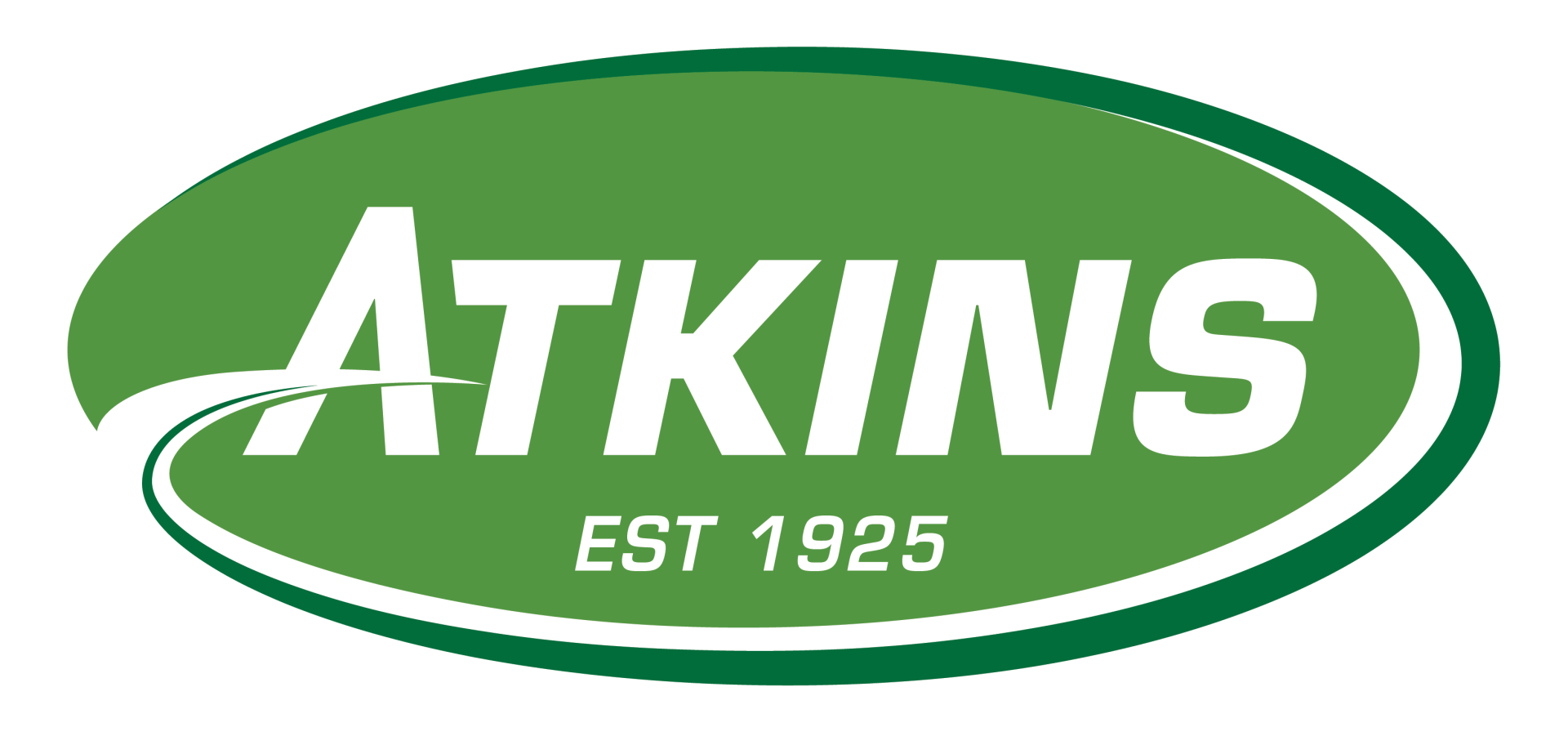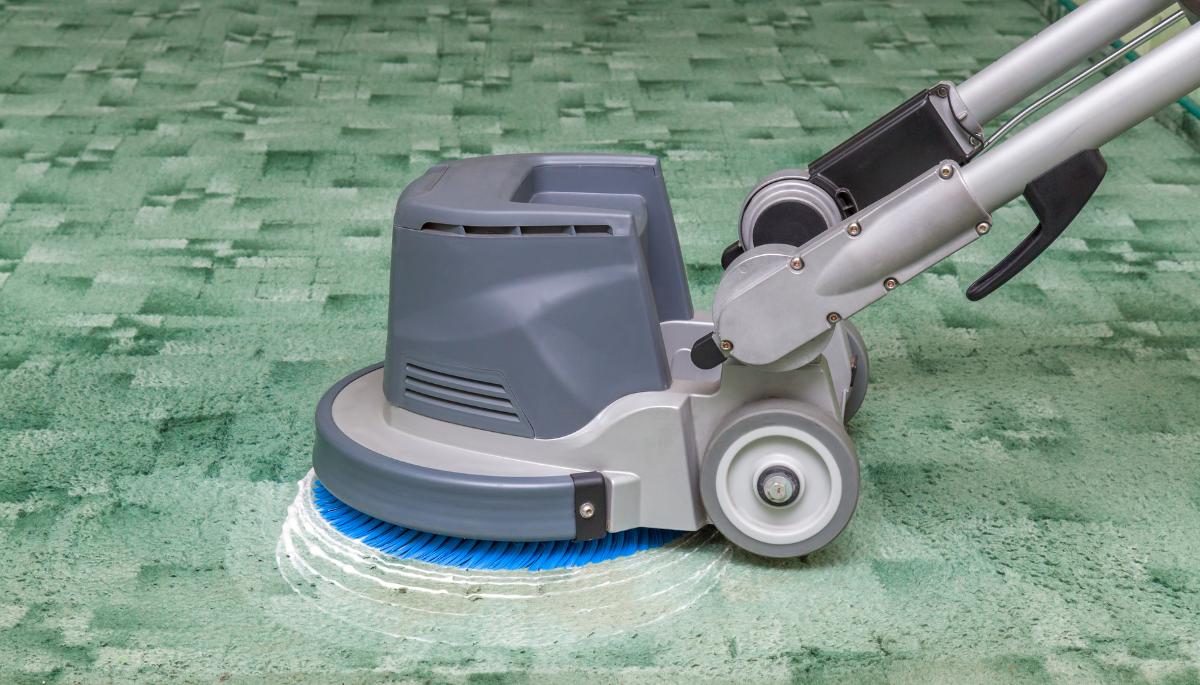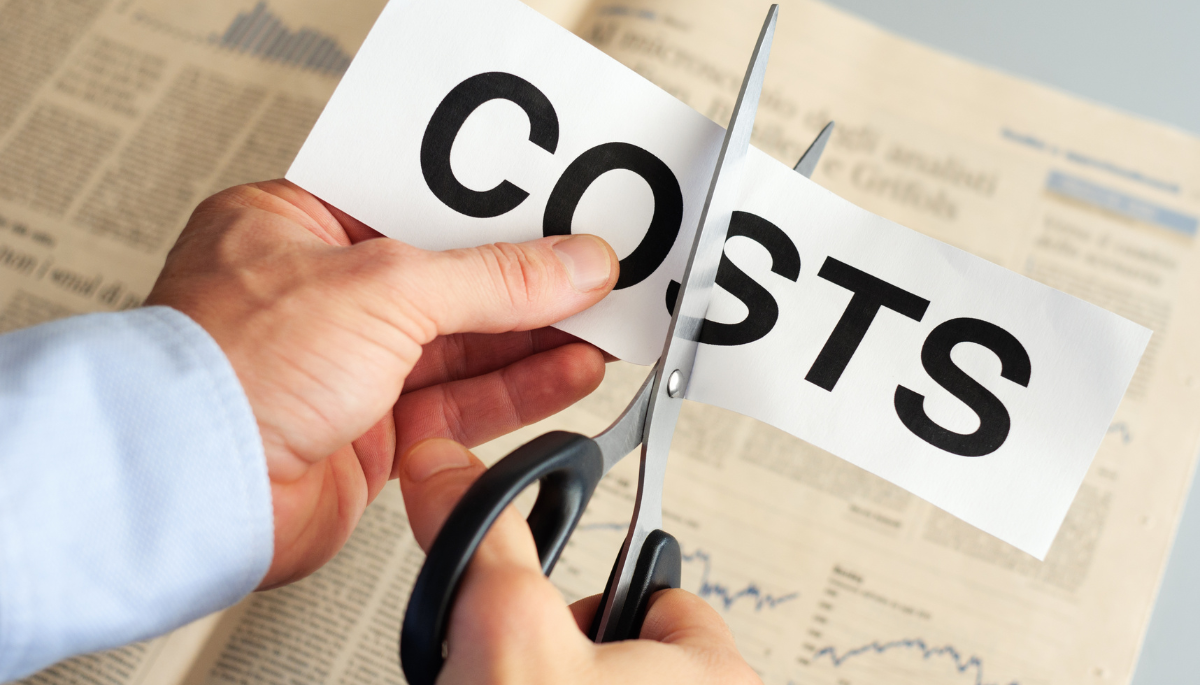Understanding Janitorial Proposals: Why Prices Don’t Always Match
When you're evaluating commercial cleaning bids, one of the first things you'll likely notice is how different the prices can be. Sometimes, the numbers are so far apart it feels like you're comparing apples to oranges. So what's behind these inconsistencies?
While a large part of the pricing difference comes from how each company estimates the time and effort required, there are several other important factors that influence the final number. Let’s take a closer look at the six components that should be included in any serious cleaning proposal:
1. Wages for Cleaning Staff
Labor is the biggest expense in any cleaning contract—often around 60% of the total cost. A cleaning company must figure out:
- How many hours their team will need to do the job, and
- What the going hourly rate is for cleaners in your area.
The more details you give upfront—like square footage, traffic levels, or specialized tasks—the more accurate their time estimate will be.
What to Watch For: Vendors who ask thoughtful questions and measure the space themselves usually provide more reliable estimates. Regional firms, in particular, tend to know local wage trends better than national chains.
2. Taxes and Employee Benefits
Wages aren’t the only labor-related expense. A responsible vendor will also include payroll taxes, insurance, vacation time, background checks, uniforms, and other benefit-related costs.
What to Watch For: Companies that invest in their employees—by offering benefits, for example—often have lower turnover, which means more consistency and reliability for you.
3. Cleaning and Restroom Supplies
Proposals should cover two types of supplies:
- Cleaning products like chemicals, cloths, and mop heads, and
- Consumables such as toilet paper, hand towels, and soap.
Typically, cleaning supplies are bundled into the base rate.
What to Watch For: Ask for unit pricing on consumables. Some vendors can get excellent deals from suppliers and may even handle inventory management so you're never short on essentials.
4. Equipment Costs
Different facilities require different tools—floor machines, vacuums, buffers, etc. Reputable vendors should budget for this equipment, including depreciation over time.
What to Watch For: Look for companies using up-to-date, well-maintained equipment. Good tools make the job faster, safer, and more efficient.
5. Overhead Expenses
Overhead includes the behind-the-scenes costs that keep the business running: insurance, admin staff, hiring processes, management oversight, and more. These costs should be built into each quote as a consistent percentage.
What to Watch For: Local cleaning companies usually run leaner operations and can offer lower overhead costs than big national providers.
6. Profit Margin
Every business needs to make a profit to stay healthy. While it may not be itemized, the vendor’s profit is part of the total cost.
What to Watch For: A company that underbids just to win the job may not be sustainable long term. Reliable vendors charge enough to support quality work and stable operations—this benefits you in the long run.
The Bottom Line
If a proposal you receive doesn’t clearly address these six areas, that’s a red flag. Be proactive—ask questions and request clarification. A quote that seems like a great deal on the surface might be missing key pieces that could cost you later in service problems, staff issues, or unexpected fees.
Taking the time to dig into the details now can save you a lot of trouble down the road. Choose vendors who are transparent, experienced, and committed to delivering consistent, quality service.






